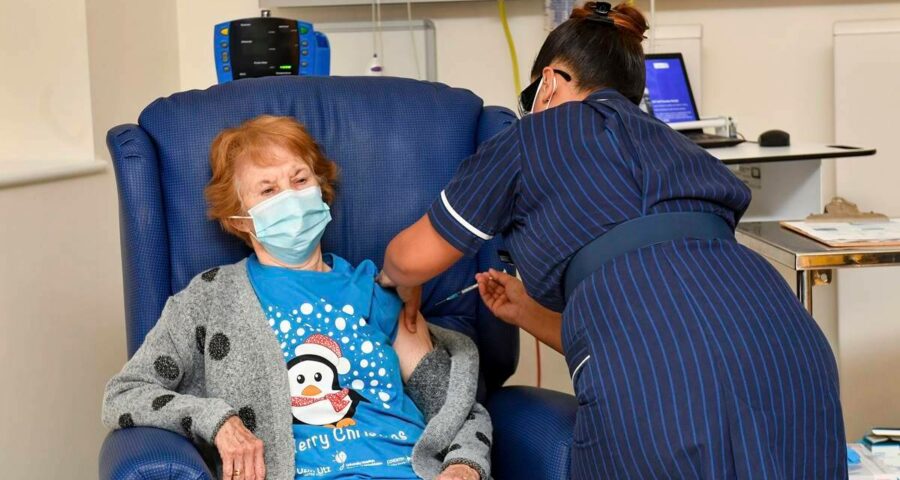The researchers said that national prevalence was 0.49%, down two-thirds from the 1.57% recorded in January, but added that compared to interim findings for February, estimated prevalence had risen in London and the South-East, as well as the East and West Midlands.
The prevalence of COVID-19 infections in England has dropped since January, but the rate of decline has slowed and cases might be on the rise in some areas, researchers at Imperial College London said on Thursday.
The researchers said that national prevalence was 0.49%, down two-thirds from the 1.57% recorded in January, but added that compared to interim findings for February, estimated prevalence had risen in London and the South-East, as well as the East and West Midlands.
“The prevalence… in England continues to fall although the rate of decline has slowed,” Steven Riley, Professor of Infectious Disease Dynamics, Imperial College London, told reporters, adding that prevalence needed to be lower to give the vaccine rollout the best chance of success.
“There are some areas where prevalence may be increasing… we really do need to get the infection rate lower.”
The study, known as REACT-1, is one of England’s biggest prevalence surveys. More than 165,400 volunteers were tested in England between February 4-23 to measure infection prevalence in the general population.
The easing of England’s national lockdown is set to begin on Monday, when schools reopen. Britain has given more than 20 million people a first dose of a coronavirus vaccine.
Health minister Matt Hancock said the evidence that cases were falling overall was encouraging, but it was important that people still stuck to the rules ahead of each stage of the “cautious but irreversible” roadmap out of lockdown.
“There is some cause for concern that our hard-won progress may be slowing down, and even reversing in some regions so it is important we remain vigilant,” he said.
Source: Read Full Article


